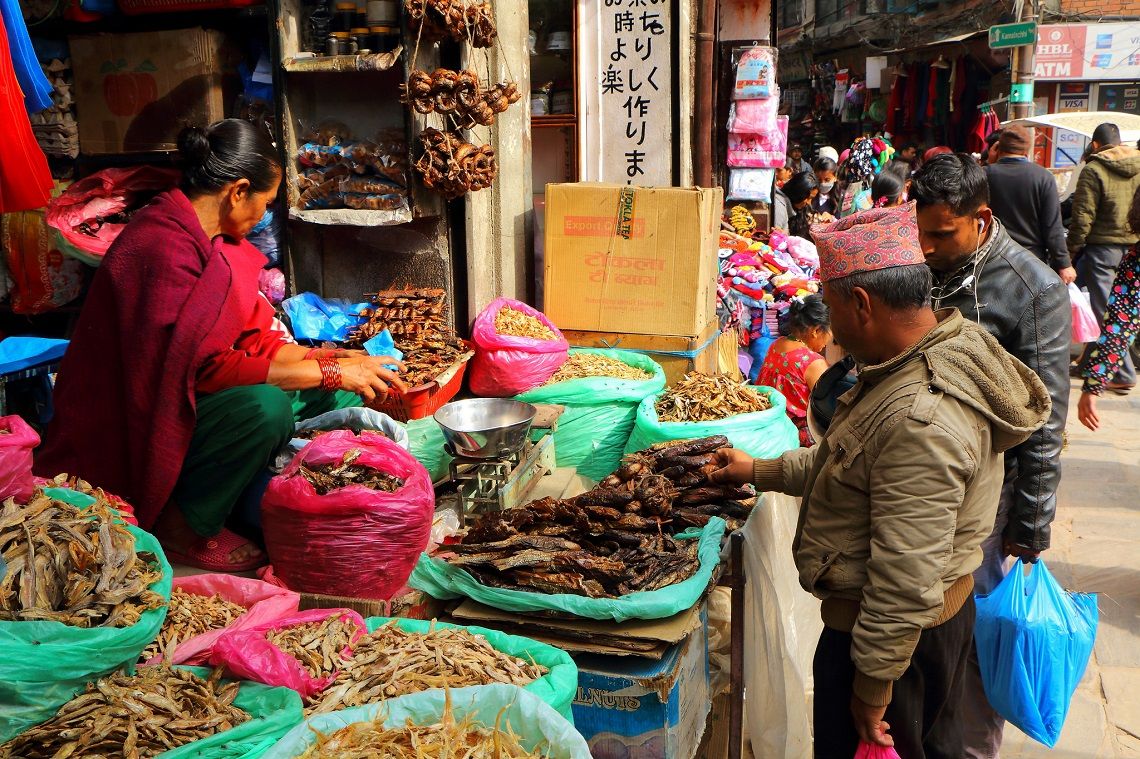Inspired by Kenya, Nepal maps government data
NepalMap charts household data from the country’s most remote districts.


 Most of these districts are in remote mountainous regions, and getting accurate information is a challenge. 80% of Nepalis live in villages, Ravi Nepal, co-founder of Code for Nepal - which built the map - wrote in the Time.
“Their voices are rarely heard because they often lack the means of voicing their needs due to illiteracy and poor Internet penetration in these remote areas,” he added.
For instance, after the earthquake last year, Code for Nepal built an interactive map with death tolls, number of injured and damaged houses to coordinate aid response. The data showed that villages outside the capital region, Kathmandu Valley, need aid the most. These were also the places that are harder to reach and slower to get relief.
NepalMap is based on a similar mapping tool in Kenya called Wazimap, a tool to help journalists make better use of data to tell their stories. Wazimap was built on Census Reporter, which was built by US journalists. The code for all of these projects is open source, allowing other countries to build their own tools.
NepalMap is only as accurate as the underlying data, however. The map currently uses data from the 2011, when the last government census was conducted. The 2015 earthquake, in particular, is likely to have caused major demographic shifts in the districts.
Image by Juan Antonio F. Segal; CC BY 2.0
Most of these districts are in remote mountainous regions, and getting accurate information is a challenge. 80% of Nepalis live in villages, Ravi Nepal, co-founder of Code for Nepal - which built the map - wrote in the Time.
“Their voices are rarely heard because they often lack the means of voicing their needs due to illiteracy and poor Internet penetration in these remote areas,” he added.
For instance, after the earthquake last year, Code for Nepal built an interactive map with death tolls, number of injured and damaged houses to coordinate aid response. The data showed that villages outside the capital region, Kathmandu Valley, need aid the most. These were also the places that are harder to reach and slower to get relief.
NepalMap is based on a similar mapping tool in Kenya called Wazimap, a tool to help journalists make better use of data to tell their stories. Wazimap was built on Census Reporter, which was built by US journalists. The code for all of these projects is open source, allowing other countries to build their own tools.
NepalMap is only as accurate as the underlying data, however. The map currently uses data from the 2011, when the last government census was conducted. The 2015 earthquake, in particular, is likely to have caused major demographic shifts in the districts.
Image by Juan Antonio F. Segal; CC BY 2.0